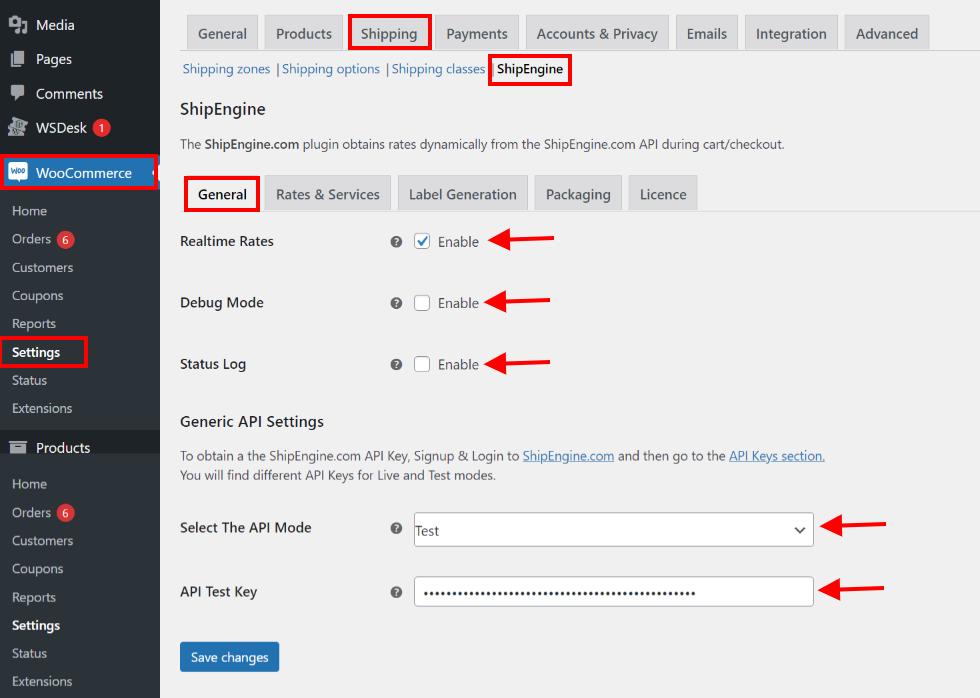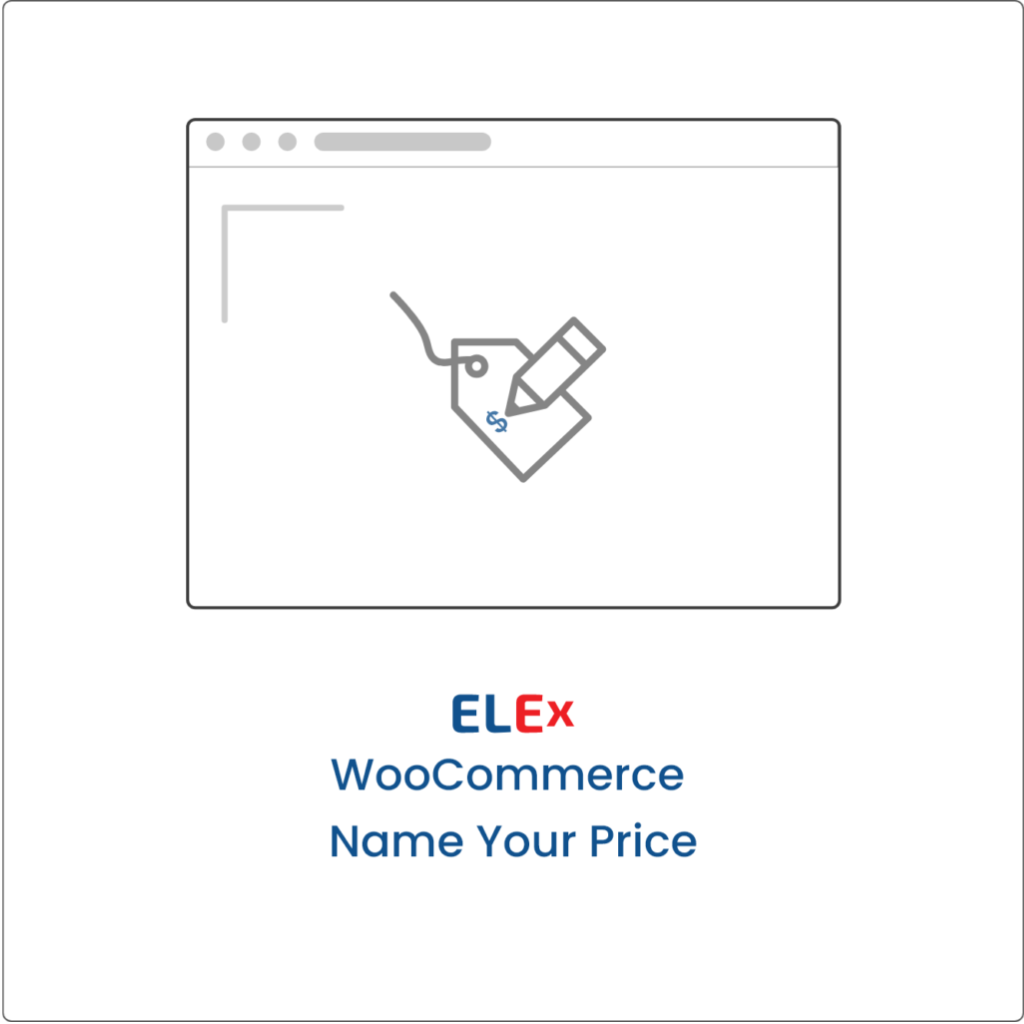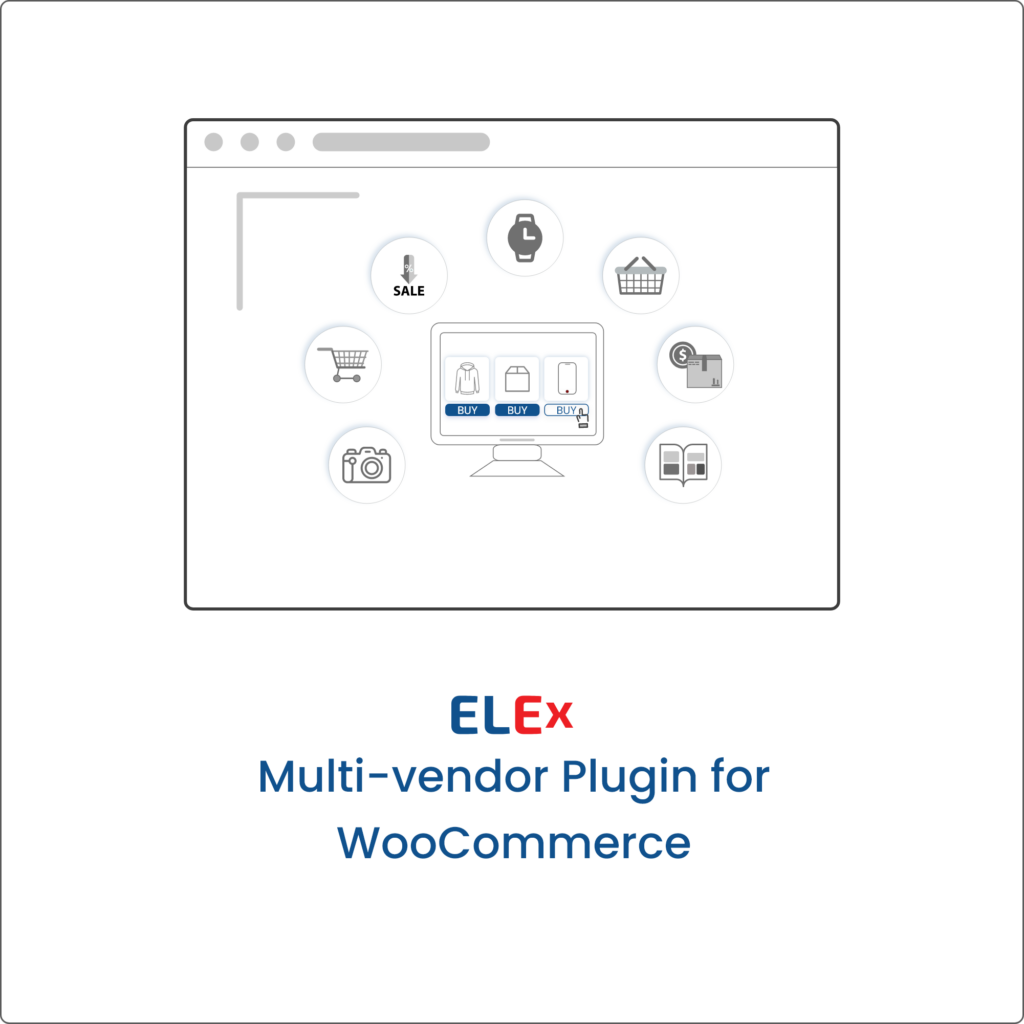With the eCommerce sector growing by the day, a multi-carrier shipping strategy is a concept that cannot be overlooked. ShipEngine is a multi-carrier shipping system that enables eCommerce companies to access discounted rates from several carriers, validate shipping addresses, handle and track orders, and handle returns. ShipEngine allows you to seamlessly integrate with numerous shipping carriers using the ShipEngine API and manage all of your shipping issues from one location. It helps you compare and choose the most convenient shipping carrier and service from multiple shipping carriers. We’ll go over how to integrate ShipEngine API with your WooCommerce store in this article.
How to integrate ShipEngine API with your WooCommerce store?

Simply click here to download the plugin and then upload it to your WordPress dashboard. After you’ve finished, click Activate. Read this article to know how to purchase, download, and activate the plugin.
This post will cover the fundamentals of integrating FedEx and UPS shipping into your WooCommerce store using ShipEngine APIs. If you want more details about the plugin and how to install it from scratch, check out this article: How to set up ELEX ShipEngine Multi-Carrier Shipping & Label Printing Plugin for WooCommerce?
Go to WooCommerce > Settings > Shipping > ShipEngine > General to edit the ELEX ShipEngine plugin.

If the shipping costs aren’t showing up because of technical issues, you can enable the Debug Mode and Status Log settings to troubleshoot and resolve the problem.
When it comes to the generic API settings, you can use Test Mode to test your WooCommerce store and make sure it is up and running. When you’re ready to use the ShipEngine plugin on your live website, switch the API Mode to Live Mode. You’ll need API keys for test and live modes before you can get started; to get one, sign up and log in to ShipEngine.com, then navigate to the API Keys area. Different API Keys are available for Live and Test modes. Charges for ShipEngine are applicable.
Rates and Services

Under the estimated delivery date settings, to display the estimated delivery date for each shipping service on the Cart and Checkout pages, enable the Estimated Delivery Date option. You can also set the regular Working Days as well as the Cut-off Time. The estimated delivery date will be determined using the working days that you specify, and orders received after the cut-off time will be dispatched the following working day.
Next, scroll down to carrier and rates settings. You can enter a specific figure in the Fallback box if ShipEngine is unable to calculate and display the real-time shipping rates due to any technical glitches so that the orders do not fall through the cracks. To show rates on your online store, you can choose from three different Rate Types: Commercial, Residential, or Retail. Rates will be obtained based on the options you select here. Please keep in mind that this feature will only be available if the shipping carrier supports it. You can charge your customers a Handling Fee by entering the amount in the box. If you don’t want to charge any extra money, you can leave it empty. Select FedEx and UPS from the ShipEngine carriers drop-down menu to enable them. The Services box will list all of the shipping services offered by FedEx and UPS. You have the option of changing their service name or pricing.
Next, click Save Changes. Let’s have a look at how this plugin displays FedEx and UPS Shipping rates on your WooCommerce store’s Checkout page.

Benefits of using the ELEX ShipEngine (FedEx and UPS) Multi-Carrier Shipping & Label Printing Plugin for WooCommerce
- Using the ShipEngine API, you can avail and compare real-time shipping costs and services from FedEx and UPS.
- You can change the title of the shipping method to suit your needs.
- You can change the prices of the various shipping services, and enter a unique service name for each of them. The plugin also enables you to disable certain services if required.
- Enter a fallback rate to continue processing shipments even if ShipEngine does not display a shipping rate due to any failure.
- From the WooCommerce order admin page, you can print shipping labels for FedEx and UPS shipments, and from the WordPress admin area, you may create shipments.
- You can use the plugin to inform your customers how long it will take for their shipments to arrive at the provided shipping address by displaying the Estimated Delivery Date on the cart and checkout pages.
- ShipEngine will add the UPS/FedEx tracking information to the order data and include it in the order fulfillment email. This tool allows both buyers and business owners to track deliveries.
- You can choose from a variety of parcel packaging options for your shipments.
- If a customer orders several items, the store administrator may select multiple services for each.
- Option to include insurance as well as a signature request option.
- Option to enable debug mode to quickly identify problems.
Wrapping Up
Having a multi-carrier shipping strategy is a must in today’s day and age and ShipEngine is the one-stop answer to all of your shipping problems. The ELEX ShipEngine Multi-Carrier Shipping & Label Printing Plugin for WooCommerce not only helps you integrate FedEx and UPS real-time shipping rates into your WooCommerce store, but also helps you display the estimated delivery dates to customers, print shipping labels, generate shipments, and track deliveries right from the backend of your store. We hope this article helped you understand how to integrate ShipEngine API with your WooCommerce store. If you have any questions regarding the ELEX ShipEngine Plugin, please let us know in the comments section below.


